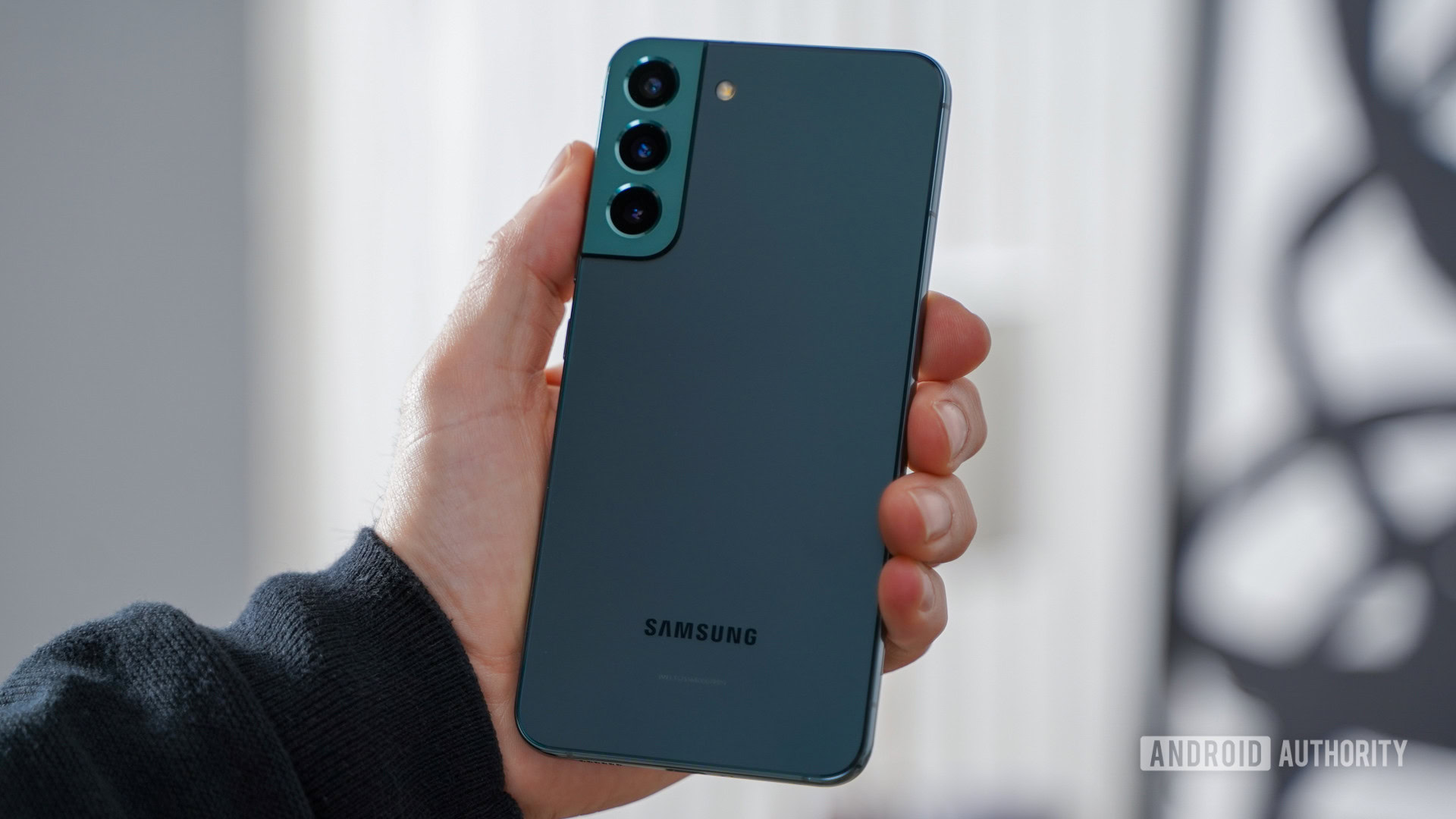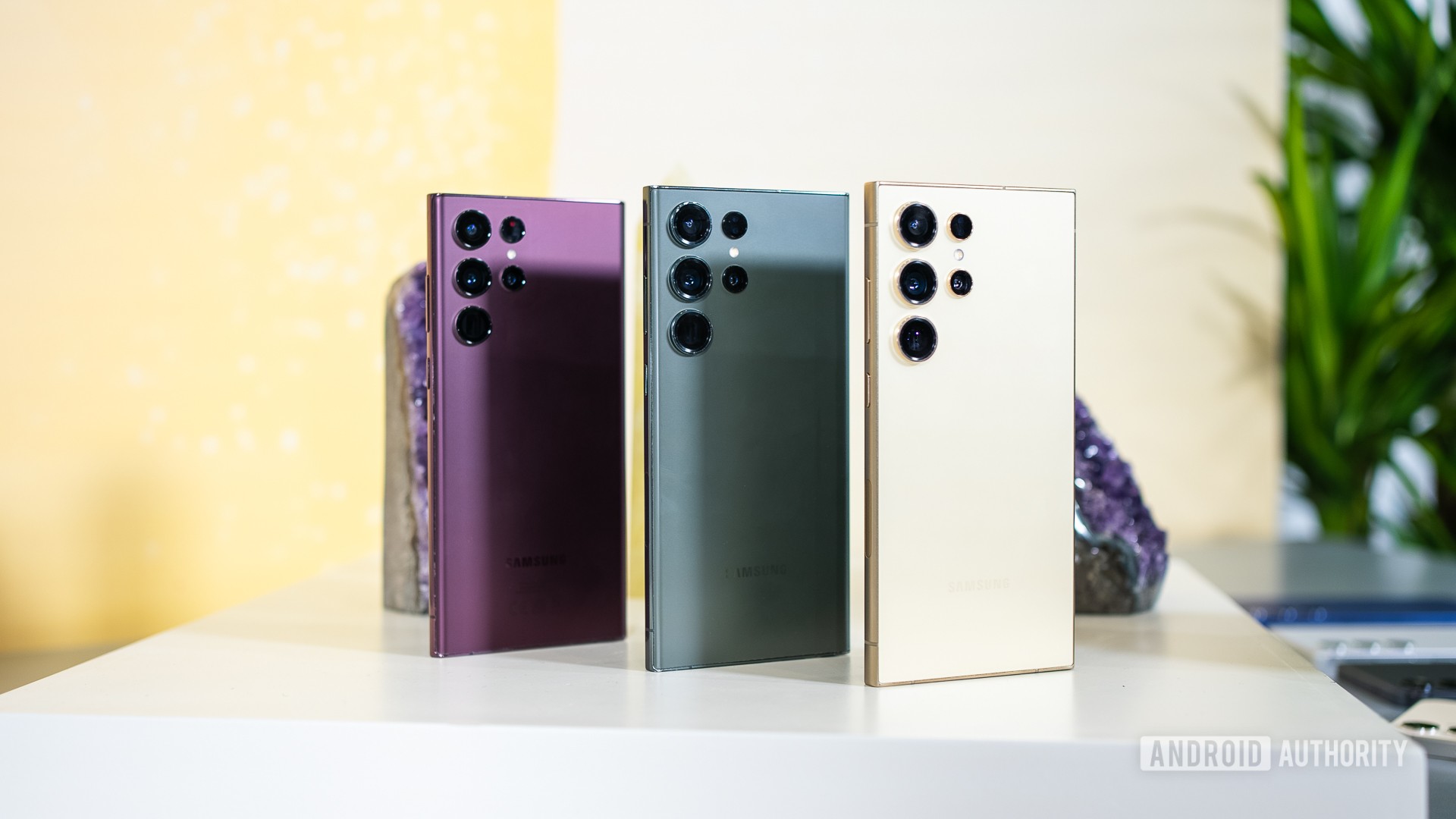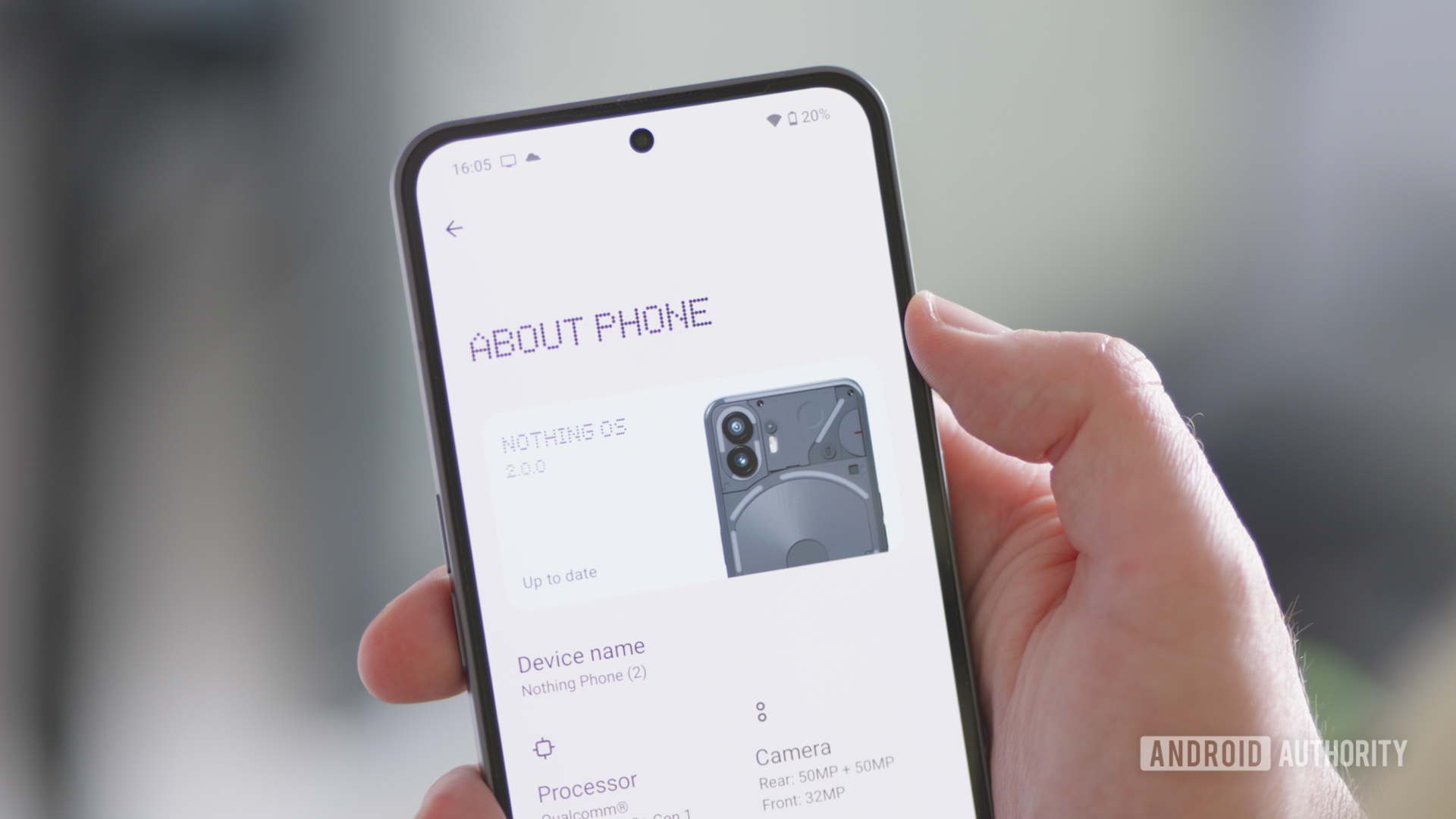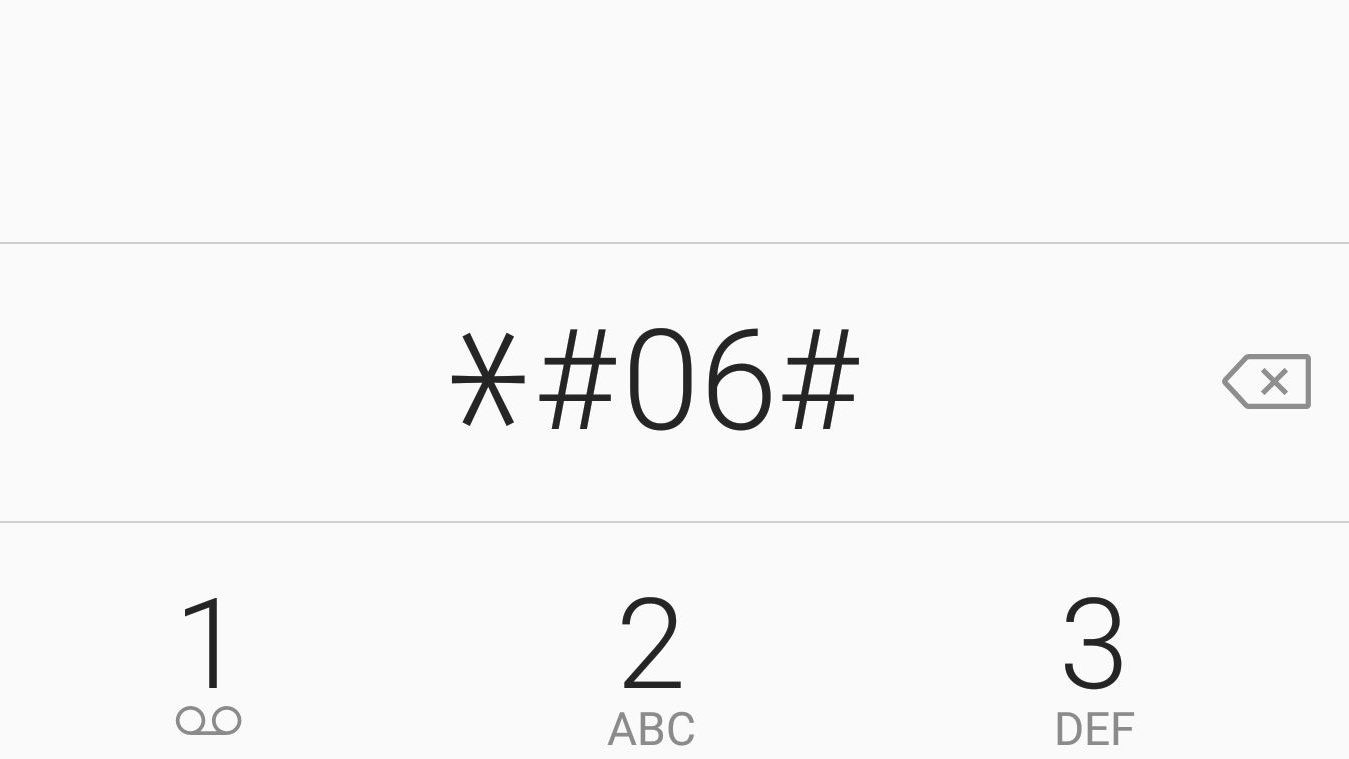Affiliate links on Android Authority may earn us a commission. Learn more.
How to identify a fake or counterfeit smartphone

Spend enough time on the internet, and you’re bound to come across a horror story of some unfortunate soul duped into spending hundreds of dollars on a counterfeit or fake smartphone. It may look like a brand new Samsung Galaxy S24 Ultra from the outside, but it’s not even close on the inside, with a cheap camera, outdated processor, and other cheaper components instead of the real thing.
Counterfeiting high-end smartphones is big business in China. According to AnTuTu’s knock-off smartphone report (source no longer available), 4.24% of the phones that ran the company’s benchmark were knock-offs. That equals 572,303 confirmed fakes out there just based on this single sample. More than a billion smartphones are on the market, which extrapolates to many millions of knock-offs.
If you want to avoid wasting your cash on a fake smartphone, here’s our easy guide to help check that your new phone is authentic.
QUICK ANSWER
Buying a new phone from a reputable retailer is your safest bet to avoid getting a fake phone, but that's not always possible. When buying second-hand, refurbished, or cheaper import phones, look for shoddy exteriors and copycat software interfaces. If you can test the phone yourself, download a benchmarking or hardware identification app like CPU-Z or Aida64 to verify the underlying hardware.
JUMP TO KEY SECTIONS
How to spot counterfeit phones: Similar exterior, shoddy software

The most obvious place to detect a fake smartphone is the exterior design; buttons in the wrong place, bezels that don’t look quite right, or a camera housing that isn’t flush when it should be. However, well-executed dodgy devices aren’t so easy to detect from the outside; they only become apparent once you start using them.
If you’re dealing with a private seller, the first port of call is to ensure the device turns on. Even if you’re not there in person, the seller should be able to provide images with the screen on, and probably even send you a short video or GIF of them flicking through the UI. Never be afraid to ask for a closer look at the screen, even if it’s just for cracks and scratches.
If a deal sounds too good to be true, it probably is.
Knock-off software is usually a dead giveaway, particularly if the UI or app icons don’t match the manufacturer’s official device theme like Samsung’s One UI or Google’s Pixel UI. You can get to know a new device by watching some YouTube videos or reviews. Watch for strange-looking home screens and icons, missing features or menus, or non-standard pre-installed apps.
As always, follow general buying rules for used products too. Don’t agree to pay outside official platforms like Venmo or Ebay where you won’t be protected. Furthermore, try to meet in mutually agreeable locations and avoid requests to bring cash. As always, pushy unofficial sellers who won’t answer detailed questions are a major warning sign too.
Likewise, we’d recommend staying away from websites like AliExpress, Temu, and Wish for your next smartphone purchase. While these platforms deliver excellent deals from time to time, they’re not your best bet for brand-name items. Some exceptions do apply, though. Certain sellers have built up a reputation for reselling China-only versions of smartphones, so do your research before paying.
Evaluate the phone’s hardware yourself

While it’s not always possible, we highly advise checking out second-hand and refurbished phones in person before handing over big sums of money. This way, you can double-check the handset’s physical condition and run a few simple tests to ensure it’s not a fake phone on the inside.
Check that the hardware matches up
Performance is important when buying a new smartphone, and it’s the main point that victims notice after purchase. Counterfeit handsets often include cheaper SoCs, which stutter and lag their way through daily use. Some apps and toggles won’t even run if the operating system is only skin deep. Have a good dig through the OS and a few apps to ensure everything works correctly. This is generally good advice for buying used or refurbished phones anyway — it helps detect if aging handsets have any battery or processor problems.
A fake smartphone will also skimp out on hardware to make a profit. The most common scams involve using poor-quality cameras, omitting NFC or fingerprint components, and even running custom homebrew software on cheaper processors. Fortunately, it’s very easy to find official spec sheets from handset manufacturers online to double-check against the phone in your hands.
Display resolution, UI themes, and processing hardware are the best ways to check for counterfeit hardware.
Make sure all the hardware works. Toggle Wi-Fi, Bluetooth, GPS, NFC, and other features on and off. Maybe even connect to another device or network. Checking the facial recognition and fingerprint scanner options are actually in the security settings menu isn’t a bad idea either, even if the seller isn’t keen on you locking the phone with your print before buying.
Don’t forget to test out the cameras, either. Make sure both the front and back cameras work and have all the features promised with the device, like a wide-angle lens or telephoto zoom. A fake camera app’s features and layout are always different from official software. Finally, take a picture and check the megapixel count. You can do this by pressing the info button in the default gallery app or Google Photos. An inferior camera module will be pretty easy to spot based on the photos it takes, even as viewed on the phone.
Run the CPU-Z app
As we’ve mentioned, a counterfeit processor is a major red flag and will ruin your experience with your new phone, so it’s worth comparing the chip in the phone against the official spec sheet.
You don’t need to take the phone apart to do this. You just need to quickly install CPU-Z from the Play Store. The app will give you a rundown of the key processing and low-level software components inside the phone. It’s also much harder to spoof.
Once installed, you can check out details about the CPU and GPU hardware on the opening page. If you’re not really into that technical stuff, the Device tab will give you the name of the processor chip under Hardware. Compare this value against the device’s official spec sheet. You’ll also find the amount of RAM and the phone’s display resolution listed on this page, which will instantly flag any knock-offs. You can also install AIDA64 to cross-reference some details.
Cross-check the IMEI number

All of the above will help you spot a cheap fake smartphone, but it won’t help against stolen or blacklisted products. To do this, you’ll want to check out the International Mobile Equipment Identification number (IMEI) against the claims made by your seller.
Each phone’s cellular modem has a unique 15-digit IMEI number. This gets registered against the phone’s make and model number. Carriers use this IMEI number to blacklist or block phones if stolen.
A phone's IMEI can tell you the model associated with it, network compatibility, and if the handset was stolen.
You can find a phone’s IMEI number in the About Phone section of the Android Settings menu. Alternatively, you can type *#06# into the phone’s dialer, and a box will pop up with the number. You’ll also find the IMEI printed on the phone’s box, making it a cinch to double-check if your prospective purchase comes in its original packaging. Popping the number into the imei.info website will give you a breakdown of the handset’s status.
The IMEI number can also help ascertain if the phone is locked to a specific network. If you’re promised an unlocked phone, you won’t want to find out otherwise when you pop your SIM in. Sellers often don’t check this information, while others use the allure of an unlocked phone to bring in unsuspecting customers.
Already bought a counterfeit or fake phone? What now?
It’s not always possible to check a phone’s legitimacy with online sellers. Still, even if you end up with a dud handset, it’s not necessarily the end of the road. Legal protections will vary depending on your country of residence, and chasing up fraudulent sellers is often a lost cause. Having said that, your payment method can offer a level of protection.
Try to avoid paying in cash due to the lack of a paper trail and the inability to recover payment. Credit cards are better than debit, cash cards, or bank transfers in this regard too. Your bank can usually dispute a transaction to obtain a chargeback. Always check your specific bank’s terms and conditions and you may have to send in a dispute form to initiate the process. PayPal also offers inclusive buyer protection when buying through them, specifically covering knock-off goods and used products.
Most digital means of payment offer some protection against fraudulent merchants.
We’d also recommend trying to obtain proof of purchase and a detailed item description from the seller to act as evidence, just in case. It’s also a good idea to familiarize yourself with the seller’s reputation online via reviews and forum posts before committing to a purchase. A quick Google search ahead of time might save you lots of agony after the fact.
With all of the above in mind, you’re now well prepared and protected against ending up with a fake smartphone. The chances of encountering one are slim, but it’s always best to be prepared.